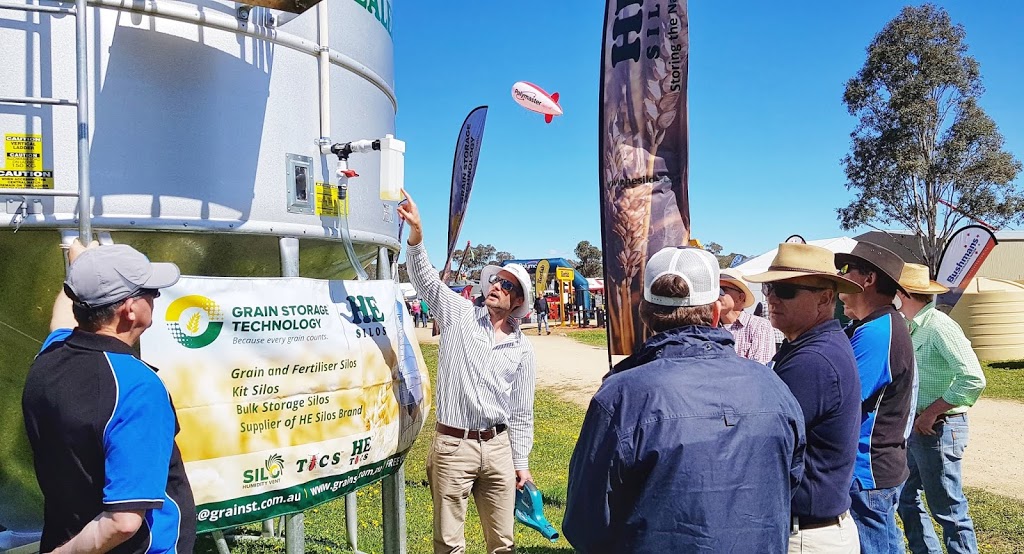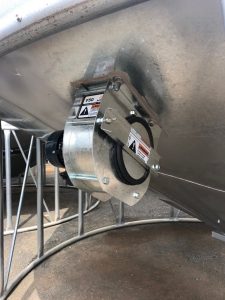Pressure Testing your Silo

Pressure testing your silo and why.
Steve sat down with Chris Warrick to get latest information.
 G’day there. Gee whiz those last two weeks went quick didn’t they? I feel like I was only speaking with you lot yesterday about the New Year and what’s in store for 2020.
G’day there. Gee whiz those last two weeks went quick didn’t they? I feel like I was only speaking with you lot yesterday about the New Year and what’s in store for 2020. Well now that the new fortnight is here, I guess we better kick things off with a look into what goes into pressure testing a silo, when to do so, and why it’s necessary. I caught up with a good mate of the team here at HE Silos Chris Warrick who is the National Coordinator for Grains Research and Development Corporation (GRDC). This man knows his stuff, so I’m hoping that between the two of us we can nut a few things out for you all.
The bottom line is that if you want to be able to use fumigation as an insect control method, you need to pressure test your silo to ensure it can do the job properly and safely, as safety is just as important.
 “A silo that meets Australian Standards will be sealable, so it isn’t sealed all the time, but can be for practices such as gas fumigation. A silo that is sealed constantly won’t meet Australian Standards and won’t hold gas at the required concentration for the required time, to kill insects at all life stages” –Chris Warrick.
“A silo that meets Australian Standards will be sealable, so it isn’t sealed all the time, but can be for practices such as gas fumigation. A silo that is sealed constantly won’t meet Australian Standards and won’t hold gas at the required concentration for the required time, to kill insects at all life stages” –Chris Warrick.Market trends show that live insects in stored grain are a big NO NO, so ensuring the grain meets those expectations is a high priority for producers. There is more pressure on farmers to use protectant on their grain, which just adds to the reliance on fumigation as the only way to get rid of insects if they do appear.
 You should do a pressure test on your silo when you are first purchasing it, before you carry out any fumigation work and annually to ensure you are keeping up with any maintenance.
You should do a pressure test on your silo when you are first purchasing it, before you carry out any fumigation work and annually to ensure you are keeping up with any maintenance.
What do I do if the pressure test isn’t working when it should be? The obvious answer is that there is a leak that needs fixing. Once it’s fixed you should then be able to successfully carry out the pressure test.
How do I pressure test if I have aeration on my silo you might ask? Some people assume you can’t have an aerator and a sealable silo all in one, but it is ideal to have both. Majority of the time the silo is open at the top venting so you’ve got aeration cooling doing its job and then when you need to do a fumigation you simply seal everything up.
One thing worth noting though is that venting stored grains is just as essential as fumigating grains, so make that one a priority.
Well there you have it. That’s the nuts and bolts of why you need to pressure test your silo. I’ll be back with you all in a couple of weeks. Bye for now.


